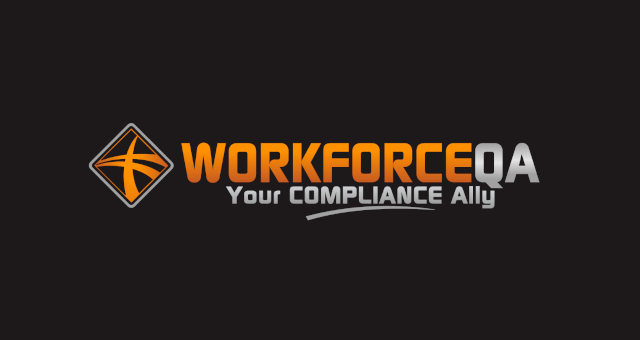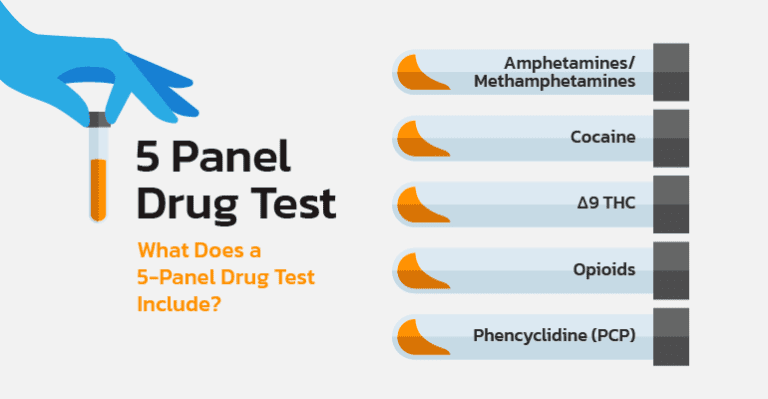What Is the Employment Verification Process?
The employment verification process is a structured method that employers use to verify a job candidate’s employment history and confirm that their stated experience is accurate. This process ensures that every hire meets your organization’s qualifications, legal standards, and compliance obligations.
The Purpose of Employment Verification
- Confirm Accuracy: Verify that a candidate’s work history and credentials are legitimate.
- Prevent Fraud: Identify falsified information or exaggerated experience.
- Ensure Compliance: Meet FCRA, DOT, and I-9 hiring regulations.
- Support Confident Hiring: Make informed decisions backed by verified data.
Key Steps in the Employment Verification Process

Step 1 – Obtain Candidate Consent
Before verifying any information, employers must secure written candidate consent. This is required under the Fair Credit Reporting Act (FCRA) if a third-party background screening company performs the check.
Consent forms should clearly state:
- What will be verified
- Who will perform the verification
- How candidate data will be used and protected
Step 2 – Collect Employment History Information
Employers collect details directly from the candidate’s resume or application, including:
- Company names
- Job titles and responsibilities
- Start and end dates
- HR contact or supervisor information
- Salary (if applicable)
Accurate data collection ensures a smoother, faster verification process.
Step 3 – Choose Verification Methods
Several methods are used to confirm employment history:
- Direct Contact: Calling or emailing former employers to confirm dates of employment, job title, and eligibility for rehire.
- Third-Party Verification Services: Partnering with a provider like WorkforceQA ensures compliant, efficient verification through secure data channels. WorkforceQA leverages both direct employer contact and verified data systems for precise results.
Step 4 – Validate Employment Documents
When prior employers are unreachable, validation can occur through supporting documents such as:
- Offer letters or contracts
- Pay stubs or W-2s
- Termination or resignation letters
- Reference or recommendation letters
Employers also complete Form I-9 or use E-Verify to confirm an employee’s right to work in the U.S., ensuring regulatory compliance and data accuracy.
Types of Information Verified During the Employment Verification Process
- Employment Status: Confirms that the candidate worked at the specified organization during the stated period.
- Job Title: Verifies the official title held to ensure role alignment with the new position.
- Dates of Employment: Confirms start and end dates, helping detect gaps or inconsistencies.
- Eligibility for Rehire: Indicates whether the candidate is considered rehirable by the previous employer—a valuable signal of performance and reliability.
Employment Verification and Legal Compliance
ADA and FCRA Requirements
- ADA (Americans with Disabilities Act): Protects candidates from discrimination based on disabilities during verification or background checks.
- FCRA (Fair Credit Reporting Act): Requires employers to:
- Obtain written consent before verification
- Provide pre-adverse and adverse action notices if a decision is influenced by results
- Allow candidates to dispute incorrect information
Compliance with these laws protects both the employer and the candidate from legal risk.
DOT (Department of Transportation) Regulations
For safety-sensitive positions such as drivers or pilots, DOT regulations mandate employment verification that includes:
- Previous employment checks under FMCSA, FAA and other regulatory modes
- Drug and alcohol testing history
- Driver qualification file review if regulated by FMCSA
These verifications maintain safety standards and ensure regulatory adherence.
Why the Employment Verification Process Is Critical for Employers
- Fraud Prevention: Employment verification prevents identity or credential fraud by validating real work experience.
- Compliance Assurance: Employers avoid penalties by maintaining compliance with FCRA, EEOC, and DOT standards.
- Better Hiring Decisions: Accurate verification supports hiring decisions grounded in fact, not assumption.
Best Practices for Employers with Employment Verification
Implement a Clear Policy
Document your verification policy, specifying:
- What will be verified
- Who performs the verification
- How candidate data is stored and disposed of
Use Reliable Third-Party Services
Partnering with a reputable provider like WorkforceQA ensures efficient, accurate, and compliant results. WorkforceQA’s employment verification solutions integrate with major HR systems for seamless automation and tracking.
Maintain Data Privacy
Protecting candidate confidentiality is essential. Employers should ensure compliance with FCRA and state privacy laws. Data access must be limited to authorized personnel only.
How to Verify Employment History Efficiently
If you’re wondering how to verify employment history efficiently, the key is automation and compliance. Modern HR teams use third-party services and digital consent tools to handle verification securely and quickly, freeing HR professionals from manual follow-ups while ensuring compliance at every stage.
WorkforceQA simplifies this process through technology-driven solutions that verify employment history with accuracy, speed, and complete regulatory confidence.
How the Employment Verification Process Supports Better Hiring
A thorough employment verification process is more than a compliance step; it’s a cornerstone of trustworthy hiring. By confirming a candidate’s professional background, employers build a safer, more credible workforce.
WorkforceQA partners with businesses nationwide to deliver:
- Fast, compliant employment verification
- Automated background screening integration
- Reliable, actionable reporting for informed hiring decisions
By combining industry expertise with technology, WorkforceQA helps employers hire confidently and compliantly.
Key Takeaways:
- The employment verification process confirms job titles, employment dates, and eligibility for rehire, helping employers make informed, compliant hiring decisions.
- Partnering with WorkforceQA ensures compliance with FCRA and I-9 regulations, prevents fraud, and streamlines hiring verification.
Ready to verify employment history quickly and confidently? Learn more about WorkforceQA’s Background Screening Services to streamline your employment verification process today. Reach out to us today for more information about our background screening services, resources, and more. Our team is ready to help.





